For decades, the lateral raise has been a cornerstone exercise for building sculpted shoulders. Yet few lifters realize how subtle variations in arm angle can dramatically alter muscle recruitment patterns. Recent biomechanical research reveals that what was once considered a straightforward movement actually presents nuanced opportunities for targeted deltoid development.
Traditional lateral raises typically performed with arms at 90 degrees to the torso may not be the optimal approach for all lifters. Emerging evidence suggests that adjusting the frontal plane angle between 60-75 degrees creates superior tension through the medial deltoid fibers while reducing compensatory trapezius involvement. This slight modification allows for more isolated shoulder work with less strain on the cervical spine.
The Physics of Shoulder Leverage
Human shoulder mechanics follow precise biomechanical principles that change with arm positioning. When the arm elevates directly sideways (pure abduction), the deltoid's mechanical advantage decreases significantly beyond 30 degrees of lift. By slightly angling the movement forward, we maintain better tension throughout the full range of motion. This forward-leaning variation, typically 15-30 degrees from pure lateral, keeps the resistance vector aligned with the muscle fibers for more constant tension.
Advanced EMG studies demonstrate that the 75-degree anterior-leaning lateral raise produces 18-22% greater medial deltoid activation compared to traditional lateral raises. This occurs because the modified angle better matches the pennate fiber orientation of the middle deltoid. The slight forward tilt also reduces impingement risk by creating more space in the subacromial region during elevation.
Individual Anatomical Considerations
Not all shoulders are created equal. Individuals with broader clavicles often find greater success with more pronounced forward angles (60-70 degrees), while those with narrower shoulder structure typically respond better to positions closer to true lateral (80-90 degrees). The ideal training angle also changes based on scapular mobility - lifters with restricted upward rotation may need additional forward tilt to achieve full range without compensation.
An often-overlooked factor is the relationship between lateral raise angle and overall shoulder proportion. Those seeking balanced development frequently alternate between multiple angles throughout their training cycle. For instance, a 65-degree angle emphasizes the medial deltoid's central fibers, while an 80-degree position better targets the posterior aspects of the middle deltoid head.
Practical Implementation Strategies
Implementing angled lateral raises requires more attention to detail than traditional variations. Begin by marking your preferred angle (60-75 degrees) relative to your torso using gym equipment or visual markers. The movement should follow this diagonal path both concentrically and eccentrically. Many lifters find using cables or resistance bands helps maintain constant tension through these modified angles.
Training volume should be distributed across multiple angles rather than focusing exclusively on one position. A sample programming approach might include: primary work at 70 degrees for 3-4 sets, followed by 2-3 sets at 60 degrees for varied stimulus, and finishing with 1-2 sets at 80 degrees. This multi-angle approach ensures comprehensive medial deltoid development while minimizing overuse patterns.
Common Technique Pitfalls
The most frequent error in angled lateral raises involves excessive torso lean. While some forward inclination is natural, exaggerated bending transforms the exercise into more of a front raise variation. Another widespread mistake is allowing the elbows to drift behind the hands during the lift, which shifts emphasis away from the target area. Maintaining a slight bend in the elbow (15-20 degrees) throughout the movement helps isolate the deltoids properly.
Grip orientation also plays a crucial role in these variations. A neutral grip (thumbs up) tends to recruit more posterior deltoid fibers, while a pronated grip (thumbs down) increases medial deltoid activation. Some lifters report improved mind-muscle connection by slightly externally rotating the humerus during the concentric phase of angled lateral raises.
Equipment Considerations for Angled Raises
While dumbbells remain the most common tool for lateral raises, certain equipment better facilitates proper angled execution. Cable machines allow for maintaining tension at different height attachments, which can help reinforce consistent movement paths. Resistance bands provide variable resistance that increases through the range of motion, potentially offering superior stimulation at peak contraction.
Specialized equipment like the lateral raise machine can be modified for angled work by adjusting seat position. Some lifters create custom angled implements by attaching ropes or handles to cable systems at specific orientations. The key principle remains matching equipment choice to your target angle while maintaining strict form throughout each repetition.
Periodizing Angle Variations
Advanced lifters should consider periodizing their lateral raise angles similarly to how they periodize loads. Early in a training cycle, focus on more extreme angles (60 degrees) with moderate loads to build new neuromuscular patterns. As intensity increases toward peak phases, transition to more moderate angles (70-75 degrees) that allow for heavier loading while maintaining technical precision.
Deload phases present an excellent opportunity to experiment with novel angles or implement multi-angle drop sets. Some bodybuilders employ angle progression within single workouts, beginning with more forward-leaning positions and gradually moving toward true lateral raises as fatigue sets in. This technique provides varied stimulus while accommodating natural strength curves.
Measuring Progress with Angled Variations
Traditional strength metrics become less relevant when training with specialized angles. Instead, focus on quality of contraction, range of motion maintenance, and proportional development. Photographic documentation from multiple angles helps assess true muscular balance better than weight progression alone. Many lifters discover that while their angled raise weights may be slightly lower than traditional lateral raises, the results in terms of shoulder roundness and definition prove superior.
Implementing these angled variations requires patience, as the neuromuscular system needs 4-6 weeks to fully adapt to new movement patterns. However, those who persist typically discover significant improvements in both shoulder aesthetics and functional strength that transfer to other pressing movements. The key lies in consistent application and attention to the subtle details that make angled lateral raises uniquely effective for complete deltoid development.

By /Jul 18, 2025
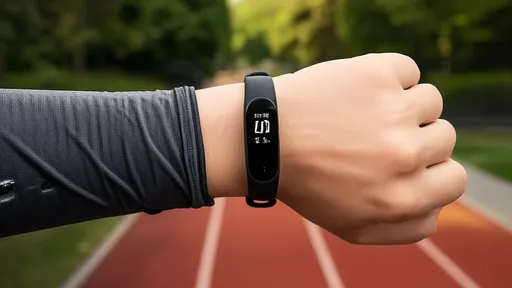
By /Jul 18, 2025

By /Jul 18, 2025

By /Jul 18, 2025
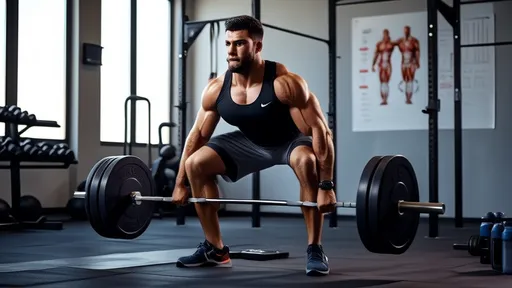
By /Jul 18, 2025

By /Jul 18, 2025

By /Jul 18, 2025

By /Jul 18, 2025
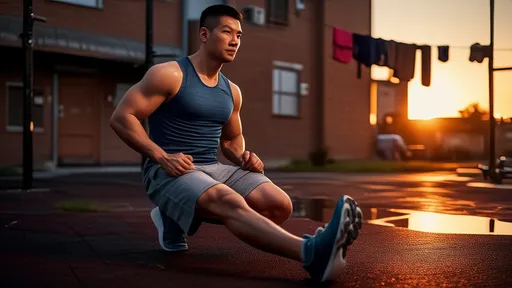
By /Jul 18, 2025
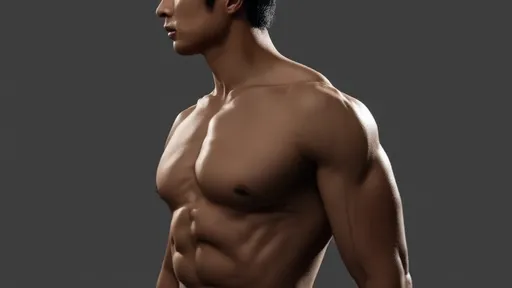
By /Jul 18, 2025

By /Jul 18, 2025

By /Jul 18, 2025
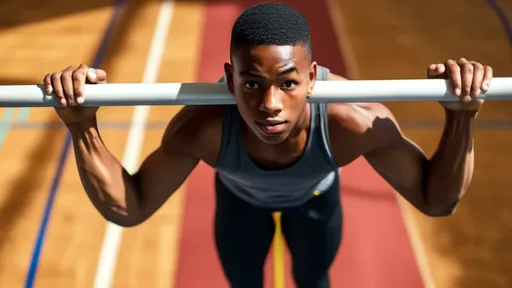
By /Jul 18, 2025
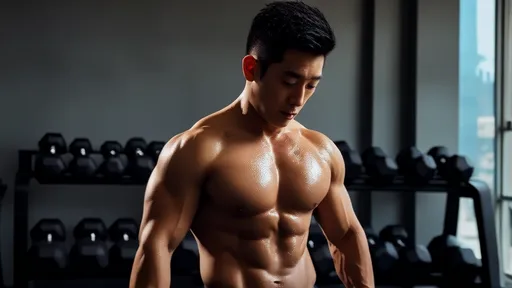
By /Jul 18, 2025
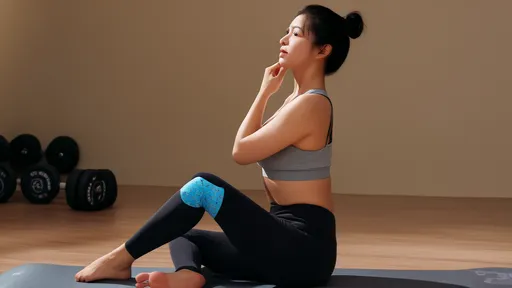
By /Jul 18, 2025

By /Jul 18, 2025
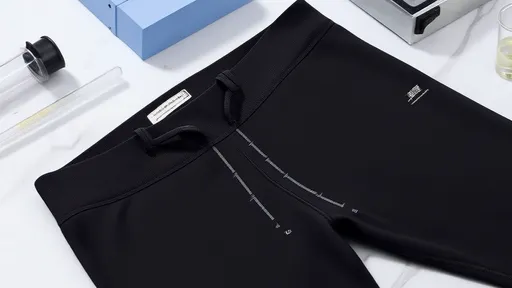
By /Jul 18, 2025

By /Jul 18, 2025